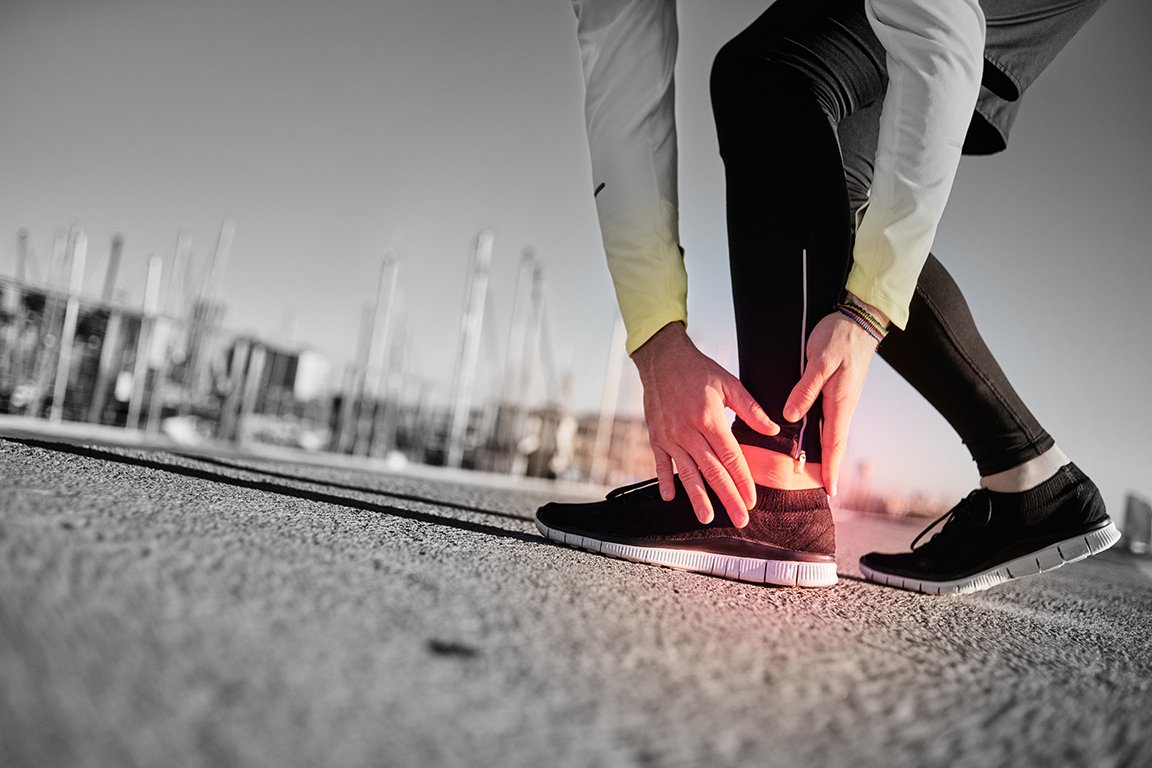From breaking in new boots on the trail to tackling unruly weeds in the garden, warmer spring days means people are heading outdoors. But after a long winter respite, outdoor fun and hobbies may have painful consequences for your toes, feet and hands.
Don’t let blisters stop you in your tracks. Knowing what causes blisters, how to prevent them and what to do when they pop up will help keep you pain-free and on the move.
What causes blisters and how to prevent them
Any repetitive rubbing can cause a blister. For instance, shoes that fit too snuggly or are too loose can rub against the skin. The friction causes fluid to build up under the skin and forms a blister.
Excessive moisture is another culprit. It’s no wonder blisters are so common among athletes and hikers.
Taking steps to keep friction and moisture at bay will go a long way to prevent painful and annoying blisters from bubbling up.
- Wear well-fitting, comfortable shoes.
- Opt for synthetic socks that wick away moisture versus cotton socks that absorb moisture from sweaty feet.
- When hiking, wear a thin liner sock under your hiking socks.
- Sprinkle foot power or cornstarch in shoes to keep feet dry.
- Be alert to “hot spots” where shoes rub; cover problem spots with a padded bandage, Moleskin or other blister tape.
- Wear gloves when doing manual labor such as raking, shoveling or moving heavy objects.
Blister do’s and don’ts
From tried-and-true treatments to ineffective home remedies, there are right and wrong ways to deal with blisters. Here are some helpful “do’s and don’ts”:
- DON’T pop the blister. The fluid-filled blister acts as a natural bandage and keeps underlying skin clean. Popping it interrupts the healing process and increases the likelihood of infection.
- DO seek treatment at your nearby Indigo Urgent Care for a blister that is very painful, large or prone to further irritation. If a blister does need to be drained, it’s best to rely on a medical professional to ensure the procedure is done safely to prevent infection.
- DON’T remove the skin over a broken blister. The new skin underneath needs this protective cover.
- DO keep blisters covered. Whether a blister is intact or has popped on its own, it’s best to keep it covered with a non-stick sterile bandage or gauze to protect skin and prevent infection. Change the dressing at least once a day.
- DON’T use tape alone when dressing a blister. Removing the tape will likely tear the protective top of the blister and could hinder the healing process and lead to infection.
- DO keep a broken blister clean. If a blister pops on its own, wash the area with mild soap and water. After drying the area, apply an antibacterial ointment or lubricant listed above.
- DON’T rely on “folk remedies” to treat a blister. Despite what Grandma might say, butter and vinegar aren’t effective in treating blisters. In fact, they could make things worse.
- DO keep blisters lubricated. To reduce inflammation and aid healing, reach for the petroleum jelly, aloe vera, coconut oil or calendula.
- DON’T wear brand new shoes/boots on a long hike. Always break shoes in gradually at home or on short hikes.
- DO choose the correct shoes and socks for exercising, playing sports or taking long walks. Flip-flops are fine for a trip to the grocery store, but they’re not suitable for an extended trek.
- DON’T go sockless. Socks are a protective barrier between your feet and your shoes, and a great defense against blisters.
- DO change damp socks promptly. Excess moisture increases the chance of friction.
Visit Indigo when you need care
While most blisters can be treated at home, you should seek medical treatment right away if you develop any signs of infection, including:
- Throbbing
- Swelling
- Pus drainage
- Red or warm skin surrounding the blister
- Red streaks leading away from the blister
At Indigo Urgent Care, one of our trusted medical providers will carefully examine your blister and prescribe antibiotics, if needed. Our clinics are open every day from 8 am to 8 pm to provide fast treatment and friendly care. Walk in or schedule an appointment time online.


